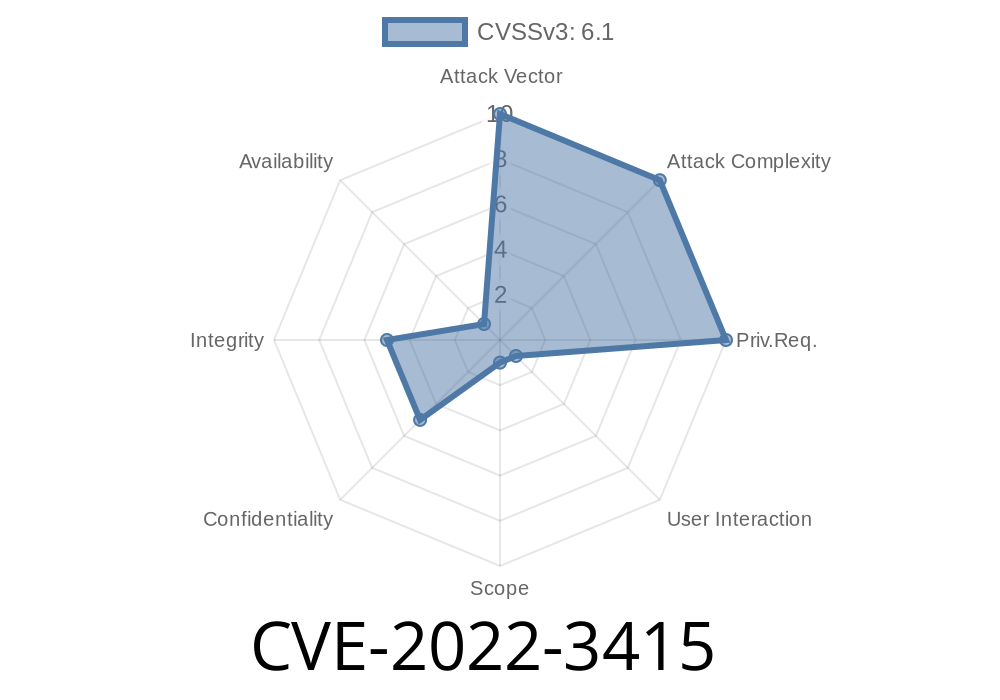The Chat Bubble WordPress plugin prior to version 2.3 is vulnerable to a Stored Cross-Site Scripting (XSS) attack due to insufficient sanitization and escaping of specific contact parameters. This vulnerability (CVE-2022-3415) can be exploited by unauthenticated attackers, who can inject malicious scripts via contact parameters. These scripts may then execute when an administrator views the related contact message, potentially leading to compromise of the WordPress application or stealing of sensitive information.
Exploit Details
The Chat Bubble plugin does not adequately sanitize and escape certain contact parameters before storing them in the chat message. This allows an attacker to inject malicious JavaScript payloads, which will execute when an administrator views the chat message.
An attacker can start a chat session and input a malicious payload like the following
Hello, my name is <script>/*malicious code here*/</script>
This payload will be stored in the chat message without proper escaping and sanitization. When the administrator views the chat message, the malicious code will execute, potentially leading to unauthorized access to the application or sensitive data.
The plugin normally would sanitize the user input, but it fails to account for some specific parameters in the chat payload. This oversight allows the attacker to exploit the vulnerability and inject the malicious XSS payloads in the contact parameters.
Original References
1. Chat Bubble WordPress plugin details: https://wordpress.org/plugins/chat-bubble/
2. Vulnerability disclosure and details: https://example-vulnerability-disclosure-site.com/CVE-2022-3415
3. Patch release details (version 2.3): https://wordpress.org/plugins/chat-bubble/#developers
Mitigation Steps
If you're running an affected version of the Chat Bubble WordPress plugin, follow the steps below to mitigate the vulnerability.
Update the Chat Bubble plugin to version 2.3 or later.
You can download the latest version of the plugin from https://wordpress.org/plugins/chat-bubble/.
Find the Chat Bubble plugin in the list and click "Update Now" if available.
2. Review your chat history for any suspicious messages containing HTML or JavaScript code. If you find any suspicious messages, delete them to prevent the code from executing when viewing the chat messages.
3. Regularly update all WordPress plugins and themes to prevent potential vulnerabilities and protect your site against cyber attacks.
Conclusion
The stored XSS vulnerability (CVE-2022-3415) in the Chat Bubble WordPress plugin before 2.3 can be exploited by unauthenticated attackers to inject malicious scripts through contact parameters. Make sure to update the plugin to version 2.3 or later and follow best practices to keep your WordPress site safe and secure. Always stay vigilant and keep an eye on your plugin updates and security advisories to protect your site from potential vulnerabilities.
Timeline
Published on: 11/14/2022 15:15:00 UTC
Last modified on: 11/16/2022 19:01:00 UTC
